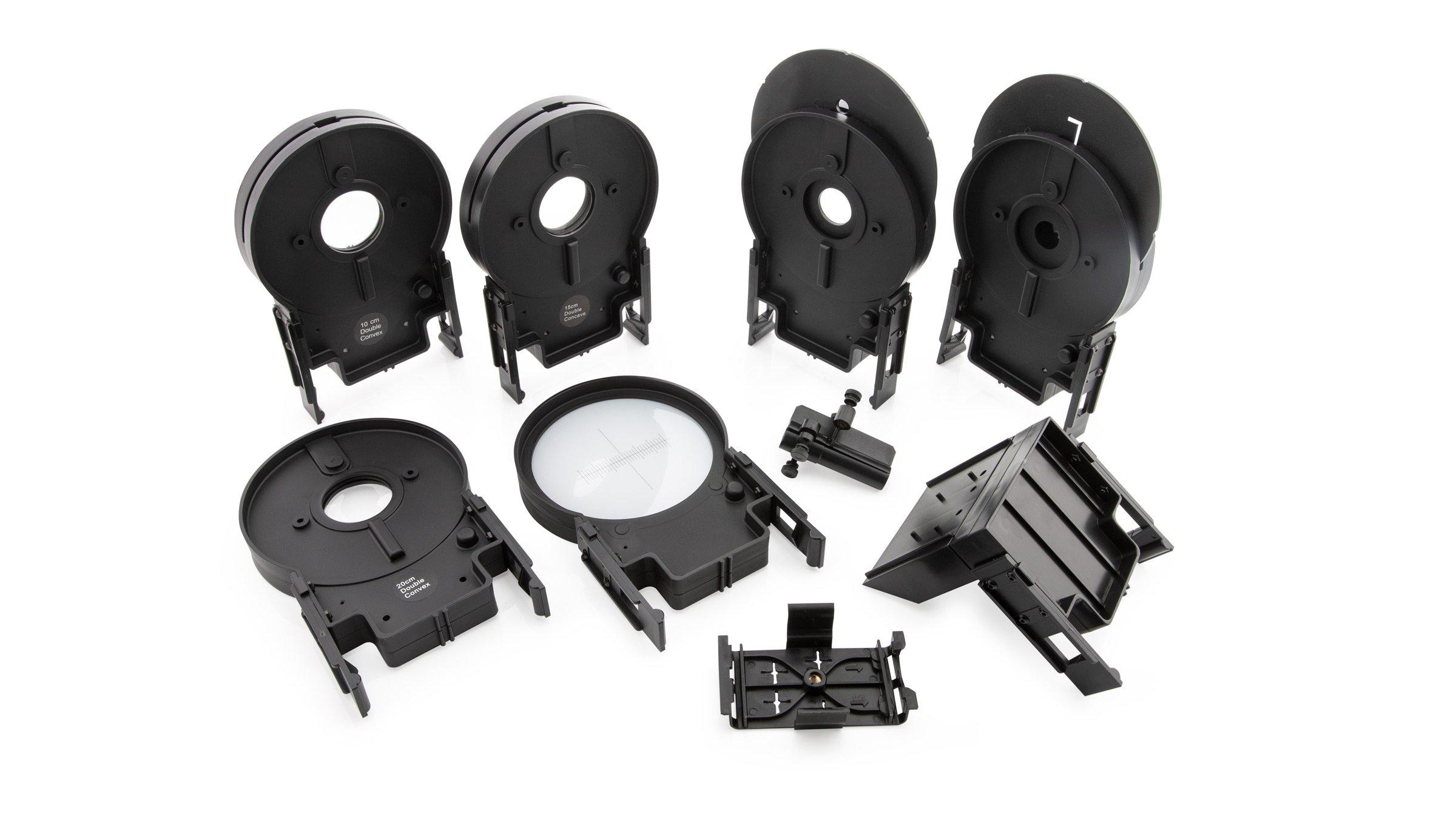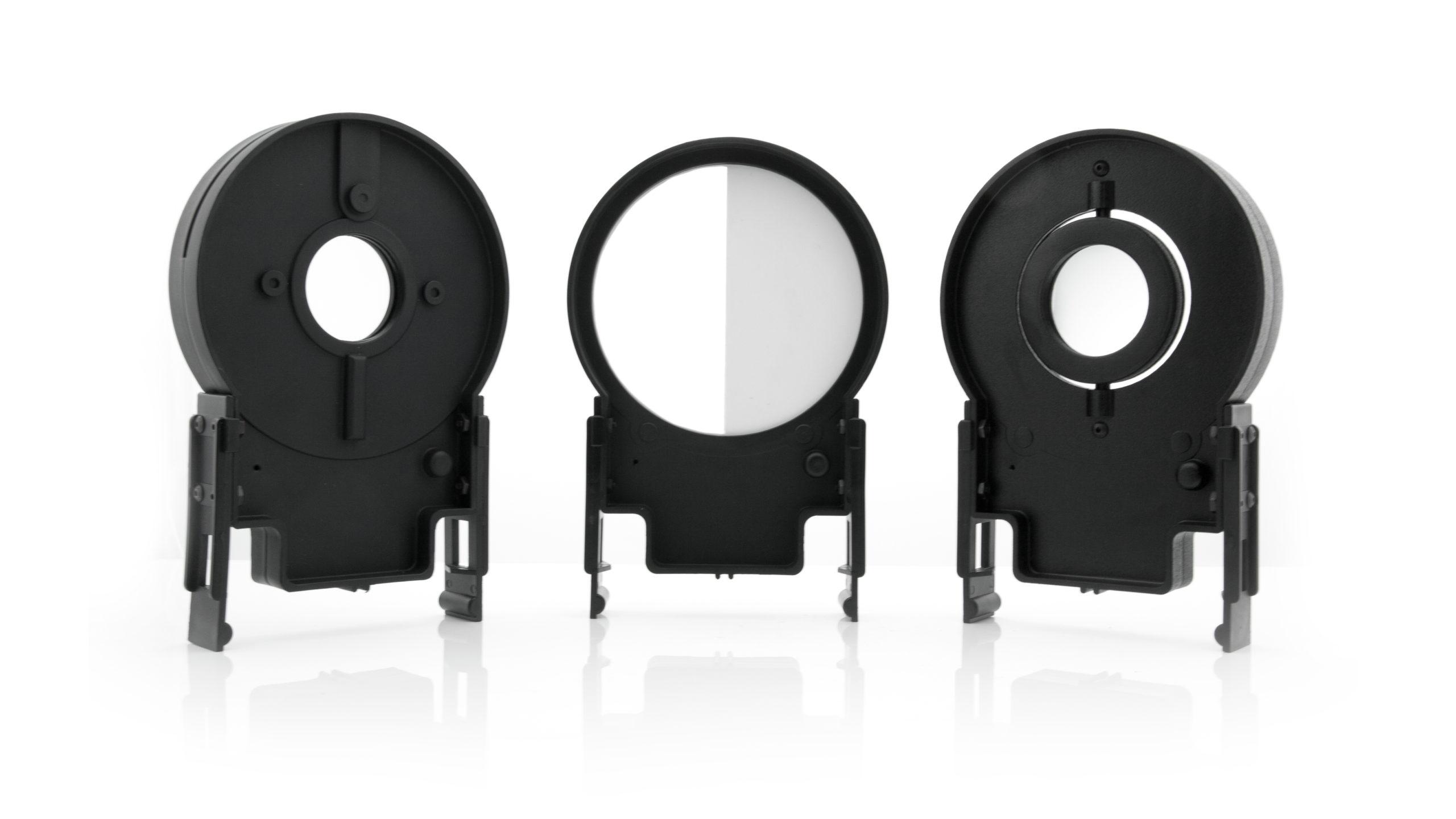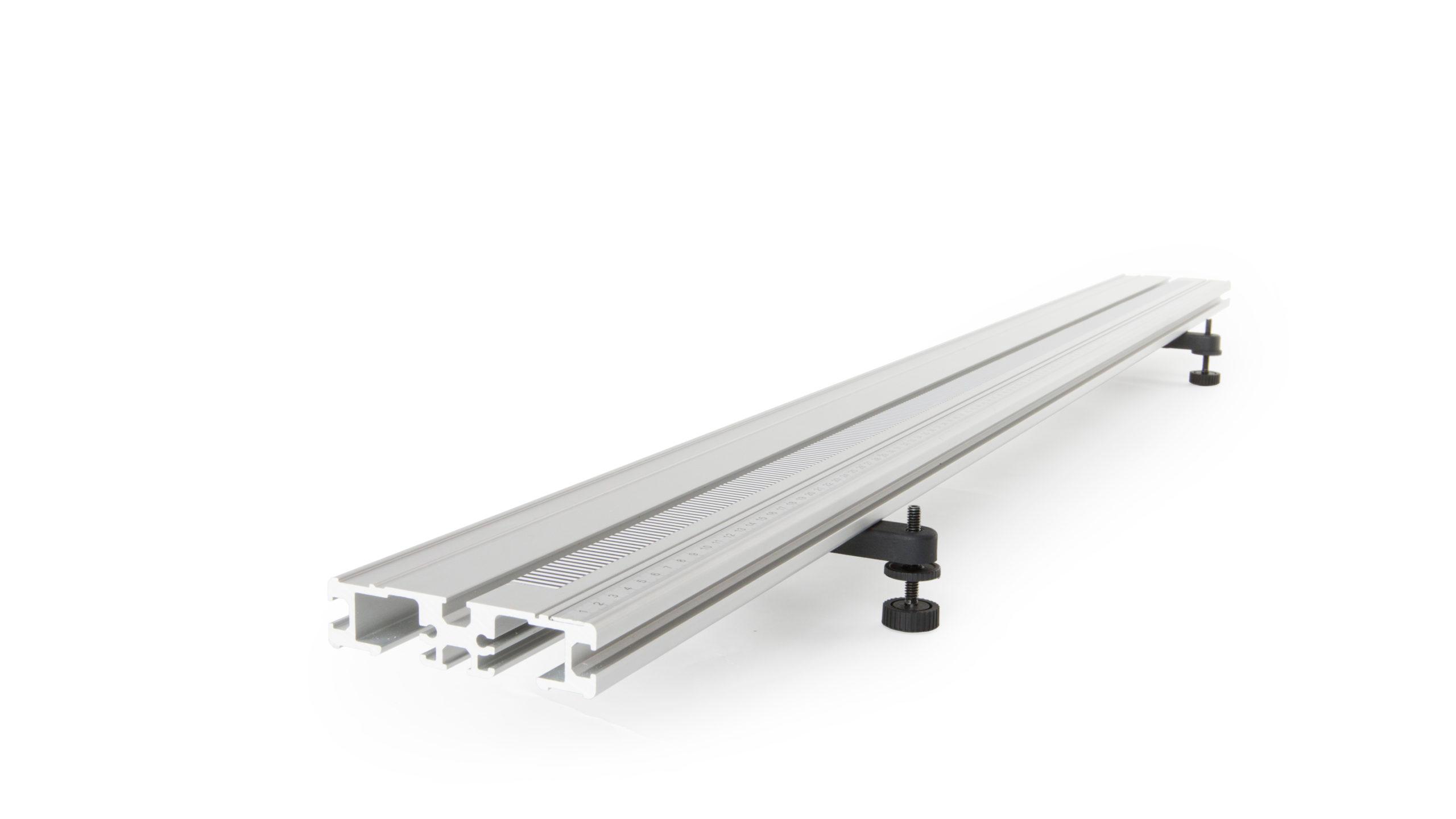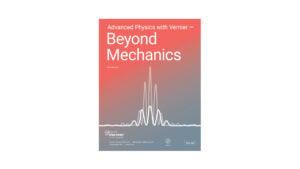Curved Mirrors and Images
Experiment #15 from Advanced Physics with Vernier — Beyond Mechanics
- Subject
- Physics
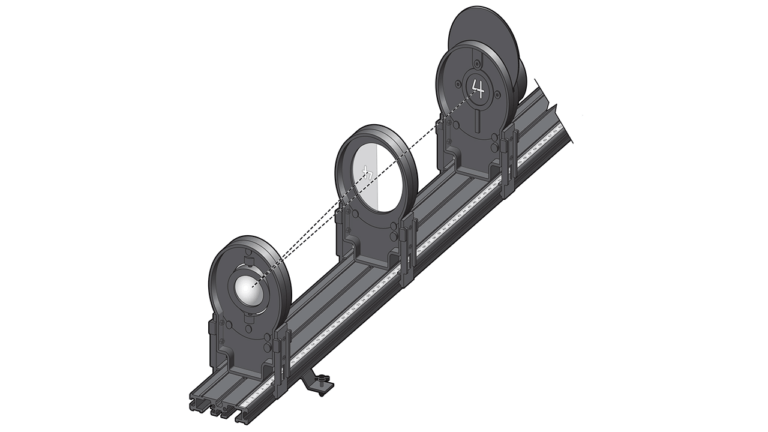
Introduction
While we all feel familiar with the images we see in plane mirrors, our experiences with their curved counterparts might be limited to cosmetic mirrors or the side view mirrors on automobiles. In this experiment, you will explore the characteristics of the real and virtual images formed by curved mirrors. Then you will develop a mathematical relationship describing the relationship between the positions of the object and the real image formed by concave mirrors.
Objectives
In this experiment, you will
- Use curved mirrors to produce real and virtual images.
- Explore how the position of the object affects the appearance, orientation, and size of real images produced by concave mirrors.
- Explore how mirror characteristics and the position of the object affect the appearance, orientation, and size of virtual images produced by concave and convex mirrors.
- Determine the relationship between object distance, image distance, focal length, and magnification in real images produced by concave mirrors.
Sensors and Equipment
This experiment features the following sensors and equipment. Additional equipment may be required.
Correlations
Teaching to an educational standard? This experiment supports the standards below.
- International Baccalaureate (IB)/Physics
- C.1 Introduction to imaging
Ready to Experiment?
Ask an Expert
Get answers to your questions about how to teach this experiment with our support team.
- Call toll-free: 888-837-6437
- Chat with Us
- Email support@vernier.com
Purchase the Lab Book
This experiment is #15 of Advanced Physics with Vernier — Beyond Mechanics. The experiment in the book includes student instructions as well as instructor information for set up, helpful hints, and sample graphs and data.

